I like to learn as much as I can about those who have influenced the art of woodworking over the years. They're all reference figures and they've all left something behind: a special joint, a way of working, an innovative technique, a special piece of furniture. They have forever left their mark on this field, and I believe that everyone involved in woodworking should want to know as much as possible about them, not just about the technique or the workmanship that defines them. Because they are the result of a way of life, a philosophy, a belief. This is the case Sam Maloofa figure of reference in the field, a hero to Americans. In fact, Jimmy Carter, the American president who had carpentry as a hobby, called him my woodworking hero'. I want to talk to you next about Sam Maloof, who, despite all the awards and titles he received throughout his life, always had 'Sam Maloof - woodworker' written on his business card.
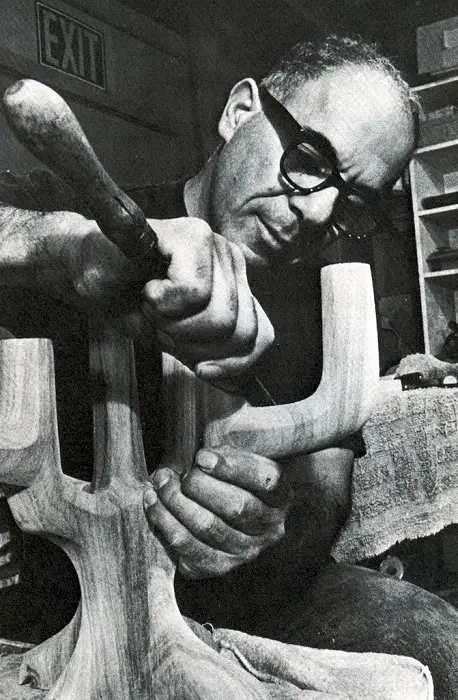
Sam Maloof was one of those carpenters who worked all his life by hand, trying to bring the wood to the pattern he had in his head. Even when he became successful he didn't abandon that idea, remaining that craftsman who works around 50 pieces of furniture in a year. But these pieces have gone down in history.
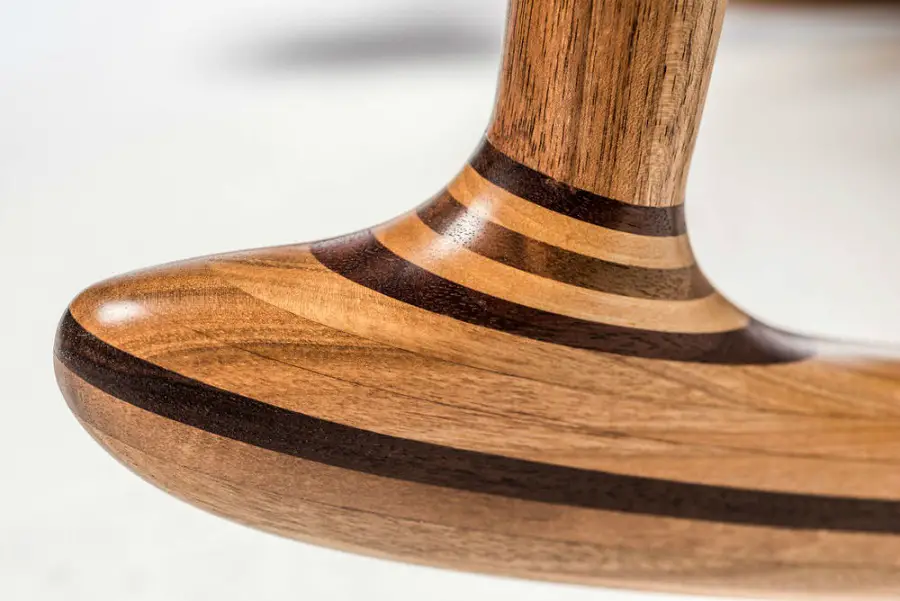
He was born in 1916 in Southern California to Lebanese immigrants. From an early age he enjoyed woodworking, making all sorts of toys, dollhouse furniture and wooden spoons that his mother used in the kitchen. After graduating from college he worked briefly, then in 1941 he enlisted to fight in World War II. He left the army in 1945 and returned to Southern California. Meeting his future wife, Alfreda, and marrying in 1948 would set him on the woodworking path for good. Alfreda, a young artist, immediately recognized that native talent in Sam. She would support him and be with him all his life.
Immediately after their marriage they move into a new house together and set up a workshop in the garage. There he began working on furniture, first out of necessity to furnish his own home, and then the orders began to come. In 1953 he moved to a new home in Alto Alma, California. This place would be iconic for Sam. At the time of the move, the house had six rooms. Over the years, he built 16 more rooms himself, these included his workshop, showroom, and 2 rooms in which he stored an impressive amount of exquisite wood throughout his life. He used to say that he didn't find the lumber, the lumber found him. Everything in the house was built by him - doors, windows, interior staircases, furniture - and when, in 2000, a highway expansion meant crossing his property, he asked permission to move the house out of the way. In three months, he dismantled and reassembled everything three miles away.
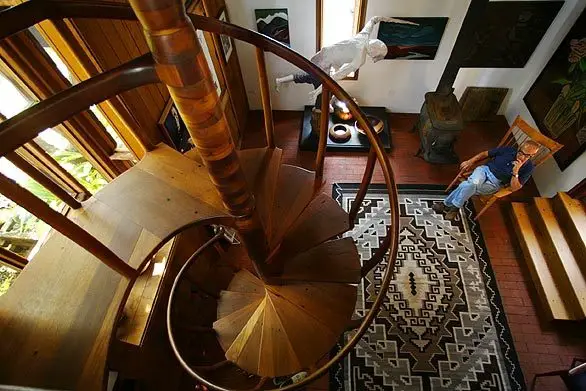
Maloof has remained a household name in woodworking in many ways. Above all, he was a perfectionist. He wanted every piece of furniture he made to be appreciated both for its quality and for being useful and comfortable. He always said he did not want to make furniture that said "do not touch." "My chairs are for sitting in and my tables are for eating at" was his way of saying that he was making furniture for people, not non-functional works of art. However, much of Maloof's furniture is now part of famous museums and private collections, and the original pieces sell for impressive sums at auction.
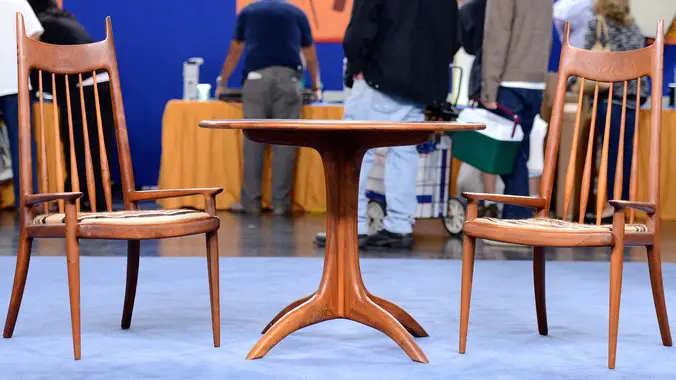
I said he was a perfectionist. He invented a special way of joining the chair legs - the joint that bears his name - so that they would be very comfortable and sturdy at the same time. It is said that when he got the order he made a prototype first. To make sure of its strength, he climbed the chair onto the garage roof and let it go from there up the front driveway. The joint remained intact after impact.

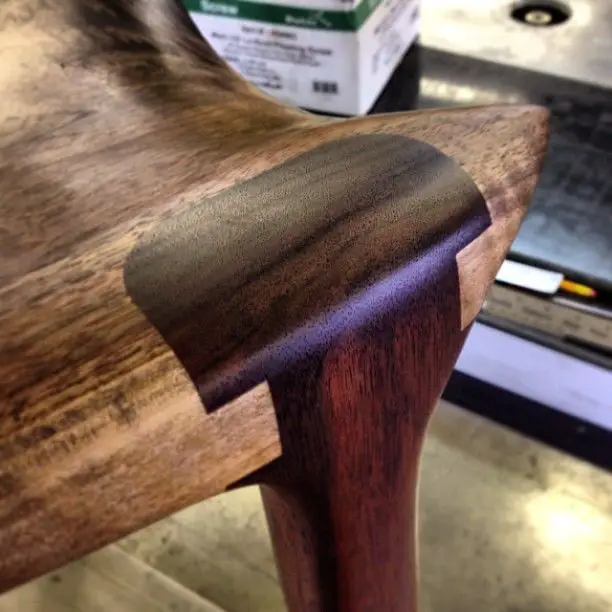
He was respected and admired for passing on everything he learned. He said he knew what it meant to be a craftsman, how much effort it took to find the best solutions, and if he found them he preferred to tell others. It is the reason why there is so much "Maloof style" furniture and so much less original Maloof furniture. Also out of a desire to pass on what he had learned in 1983 comes the autobiography "Sam Maloof - Woodworker" which is basically a "how to..." book with over 300 photographs of joints, techniques and furniture.
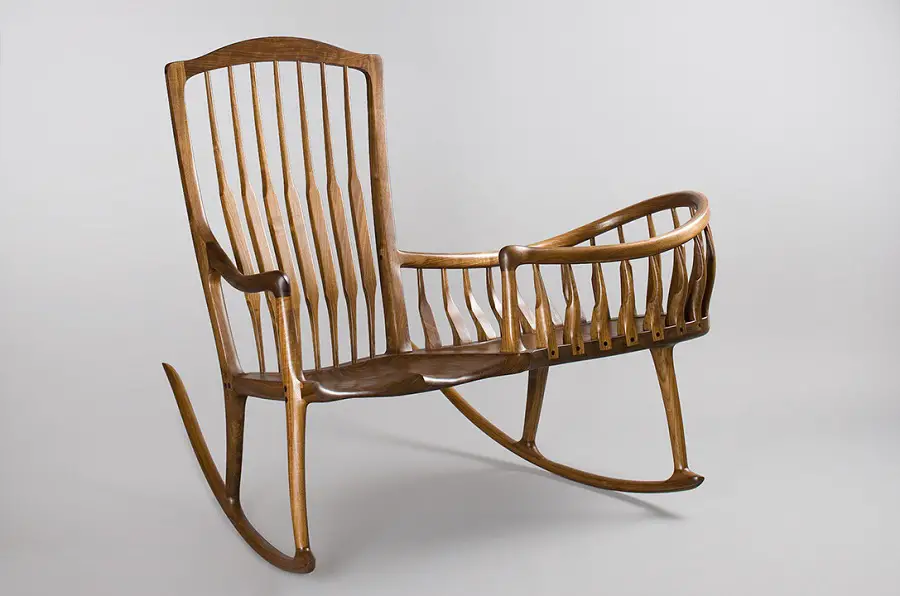
Like I said, he worked all his life by hand. In 2001 he stated in an interview that he was working in a one-car garage, without any power tools. Basically a piece of wood was slowly coming to life in his hands, following a design that existed only in Maloof's mind. Without nails, screws, or other such materials, the object was joined and began to take shape. Next came the hand sanding, done to perfection, and the finishing touches that gave the object a silky sheen and touch. There's a story about Ray Charles and a Maloof rocking chair. He recognized the rocking chair in a friend's house just by touching it. He used to say that Maloof furniture had soul.
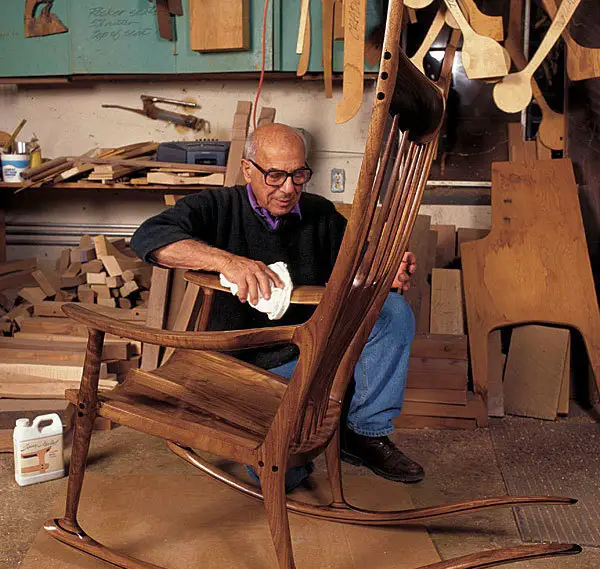
He worked with the special woods he collected all his life. His favorite was the American black walnut, but he also worked with rosewood, maple, maple, hicory, ebony, and cork. One of his signatures is the black ebony dowels.
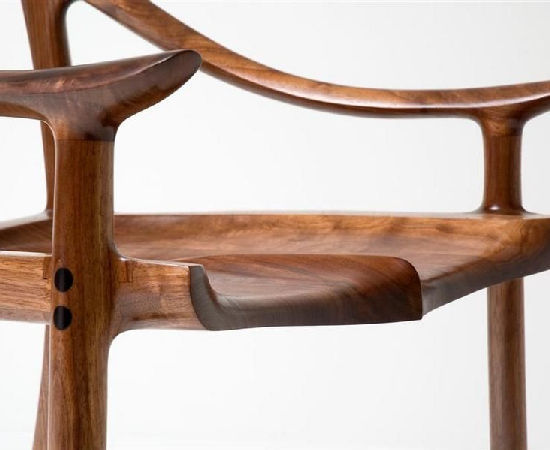
In addition to the joint, the piece for which he went down in history is the rocking chair that was a favorite of three American presidents - Carter, Regan and Clinton. One such rocking chair sold at auction for $51,000.
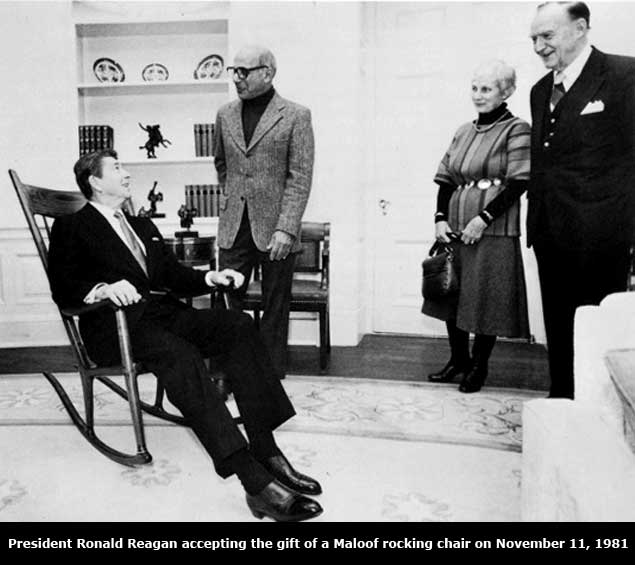
Sam Maloof died in 2009 at the age of 93, leaving an impressive legacy to the woodworking world. He won a host of awards and titles, had his country recognized at the highest level, but remained a modest man who continually gave of his knowledge. He wished not to retire and to work until the end of his life, and he did. He worked in his workshop until 3 months before his death. He was an unmistakable personality that People magazine called "Hemingway of Hardwood" - a Hemingway of hardwood.
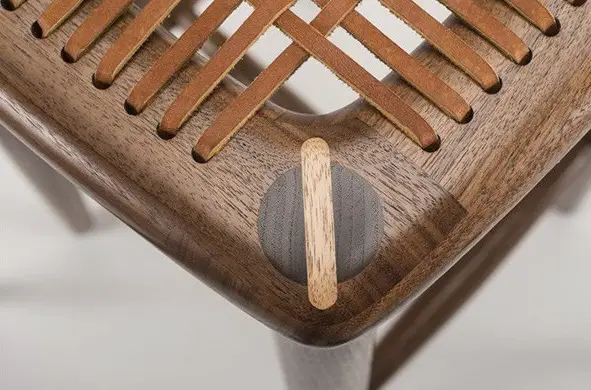
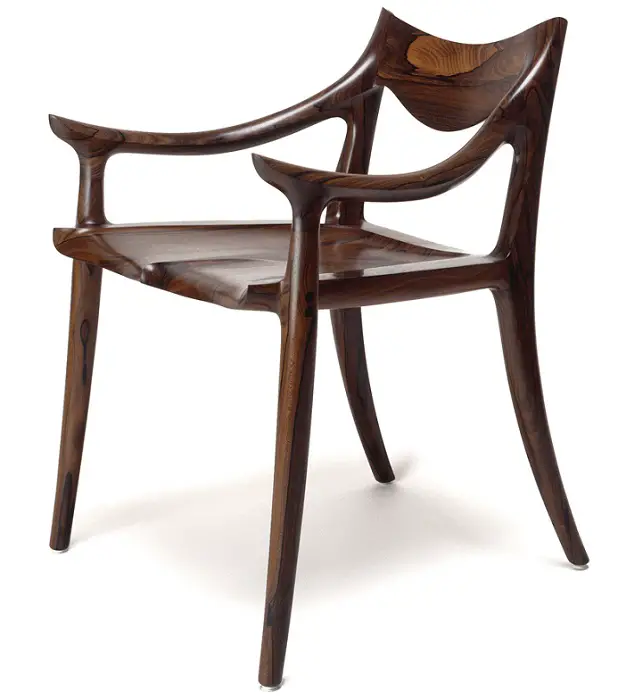

































beautiful, truly exceptional work!